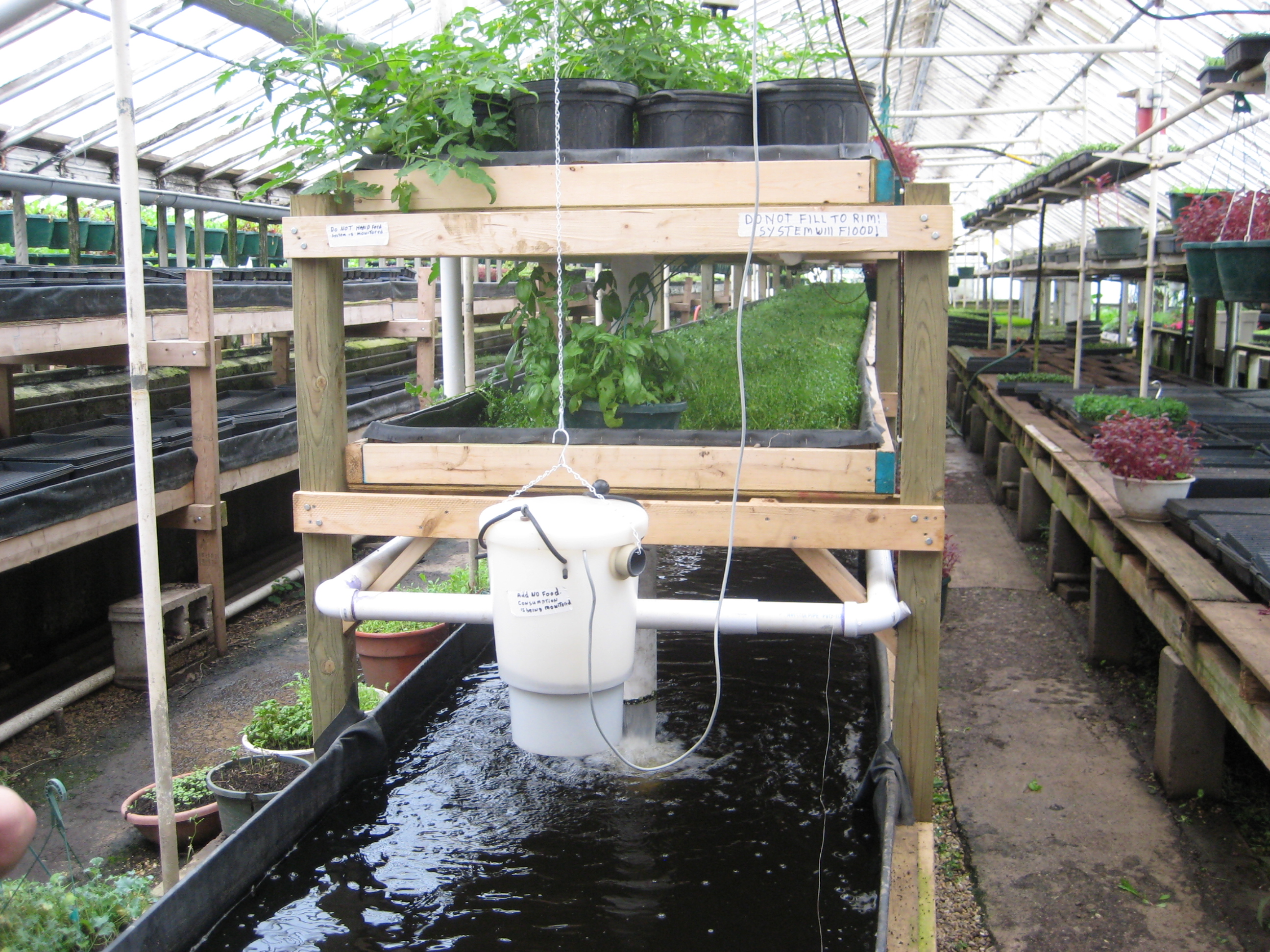Unveiling the Top Benefits of Aquaponic Gardening

Unveiling the Top Benefits of Aquaponic Gardening
Aquaponic gardening has surged in popularity, blending aquaculture and hydroponics to create a sustainable method of food production. This innovative approach not only conserves water but also enhances plant nutrition, making it a favored choice for modern farming.
The Rise of Aquaponic Systems
Aquaponic systems, rooted in ancient practices, gained modern recognition in the 1980s. Today, they span from small-scale setups to expansive commercial ventures worldwide. Their popularity stems from their ability to yield high-quality food while minimizing environmental impact.
Water Conservation
A standout benefit of aquaponic gardening is its exceptional water efficiency. Unlike traditional methods that consume vast quantities of water, aquaponic systems recycle water, slashing freshwater demand by up to 90%. This makes them ideal for regions facing water scarcity or drought.
Increased Plant Nutrients
Aquaponic systems deliver optimal conditions for plant growth. Nutrient-rich water from fish tanks nourishes plants in grow beds continuously, fostering accelerated growth and robust yields. The symbiotic relationship between fish waste and beneficial bacteria creates a natural, chemical-free fertilizer.
Organic Gardening
Inherently organic, aquaponic gardening eliminates the need for synthetic fertilizers and pesticides. By relying on natural processes, it ensures that produce is free from harmful chemicals. The closed-loop system prevents environmental pollution, promoting sustainable and eco-friendly food production.
Food Production
Aquaponic systems cultivate a diverse array of fruits, vegetables, and herbs year-round. Their controlled environment supports consistent yields and rapid plant maturation, appealing to both small-scale growers and commercial farmers seeking increased productivity.
Benefits for the Environment
Beyond personal benefits, aquaponic gardening positively impacts the environment. By curbing water wastage and eschewing chemical inputs, these systems mitigate the ecological toll of conventional agriculture. Their closed-loop design minimizes water pollution and safeguards soil health.
Setting Up an Aquaponic System
Establishing an aquaponic system may seem daunting but follows a straightforward process. Essential components include a fish tank, grow bed, pump, and filter. These elements work synergistically to sustain a self-contained ecosystem conducive to plant and fish health.
Tips for Beginners
For newcomers to aquaponic gardening, starting small offers a practical introduction. Choosing fish species suited to aquaponics, like tilapia or catfish, ensures system compatibility. Regular water quality monitoring and experimenting with different plant varieties optimize system performance and crop diversity.
Conclusion
Aquaponic gardening stands as a beacon of sustainable agriculture, integrating aquaculture and hydroponics to conserve water, enrich plant nutrition, and foster organic food production. Whether for personal use or commercial endeavors, its multifaceted benefits and straightforward setup make it an increasingly popular choice in modern farming.
FAQs
How does aquaponic gardening conserve water? Aquaponic systems recycle water, reducing the need for fresh water by up to 90%.
What are the benefits of organic gardening in aquaponic systems? Aquaponic systems rely on natural processes for plant nutrition, eliminating the need for synthetic fertilizers and pesticides.
Can aquaponic systems produce a variety of foods? Yes, aquaponic systems can yield a wide range of fruits, vegetables, and herbs.
How do I set up an aquaponic system? Basic components include a fish tank, grow bed, pump, and filter. Visit Aquaponics.com for detailed guidance.
What are the environmental benefits of aquaponic gardening? Aquaponic systems reduce water waste, avoid synthetic chemicals, and minimize water and soil pollution risks.
0 Response to " Unveiling the Top Benefits of Aquaponic Gardening"
Post a Comment